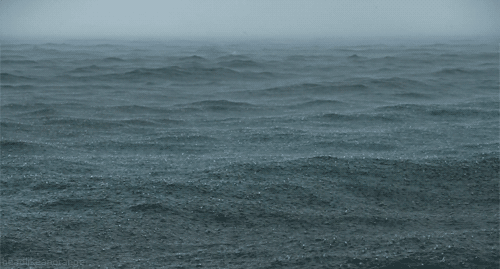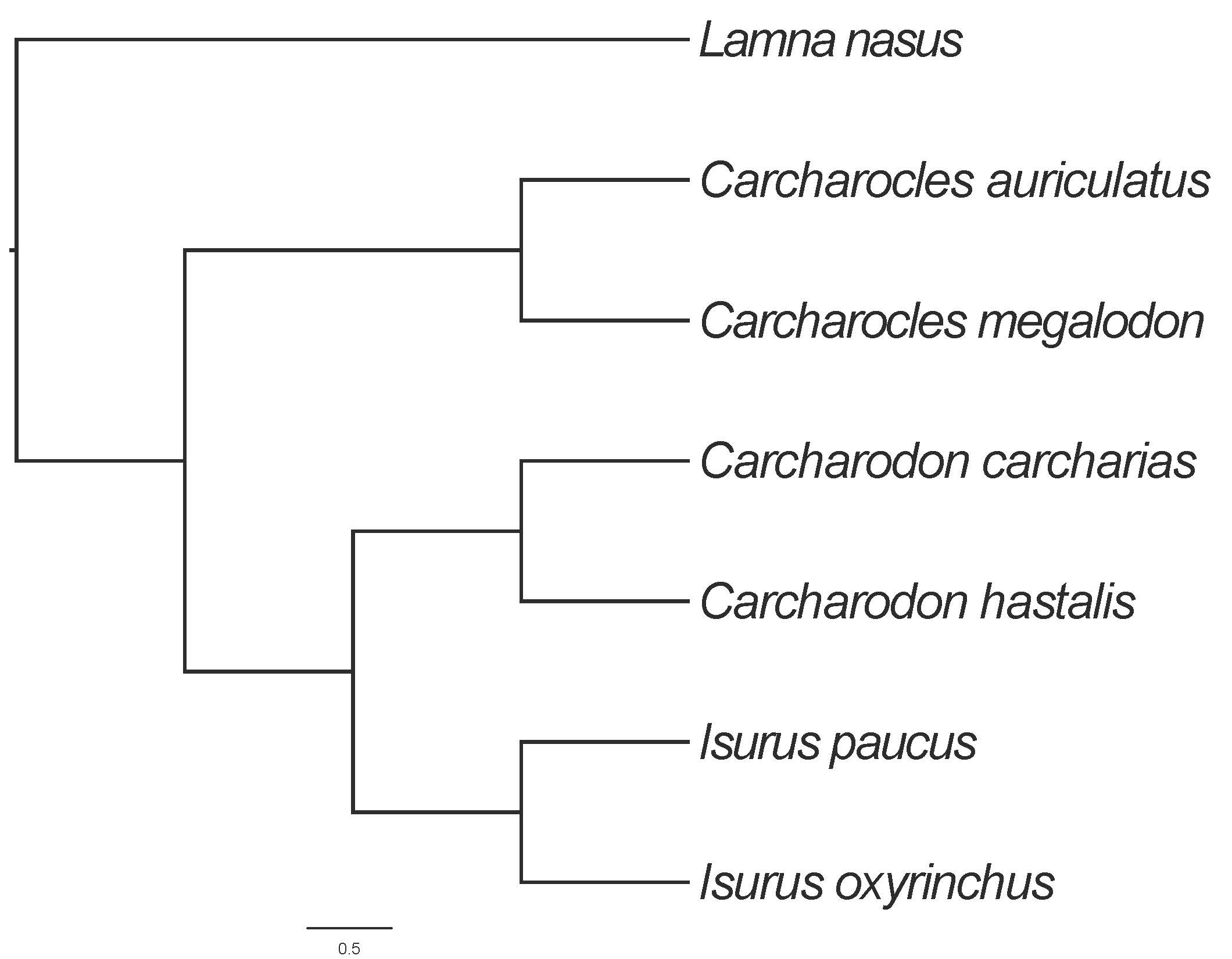
Classification
The classification for this particular species is a little out of the ordinary due on going discussion of the phylogenetic tree and where C.megalodon fits. This debate has given the species two separate names of classification. The first name, Carcharodon megalodon, was named by Louis Agassiz in 1843.
| Domain | Eukarya | (Because it is not a species of bacteria or archea) |
| Kingdom | Animalia | (Classification that it is an animal organism) |
| Phylum | Chordata | (Given to animal organisms that possess a notochord, an endostyle, pharyngeal slits, a hollow dorsal nerve cord, and a post-anal tail for some or all of their life cycles) |
| Subphylum | Vertebrata | (Given to vertebrates) |
| Class | Chondrichthyes | (Given to cartilaginous fish) |
| Subclass | Elasmobranchii | (Given to sharks and rays) |
| Order | Lamniformes | (Given to classify an organism with an anal fin, five gill slits, two dorsal fins, no fin spines, mouth behind the eyes, and no nictitating eyelids) |
| Family | Lamnidae/Otodontidae | (If genus Carcharodon. Given to mackerel sharks indicating their ability to swim fast and with great strength)/(If genus Carcharocles. Given to sandtiger sharks) |
| Genus | Carcharodon/Carcharocles | (Meaning "Rough Tooth") |
| Species | megalodon | (Meaning “Giant Tooth”) |
The Family and Genus are represented in two different ways due to the current debate as to whether the C.megalodon's genus is more correctly Carcharocles or Carcharodon. C.megalodon was once thought to be a direct ancestor of the white shark known as “Carcharodon carcharias”, because of this C.megalodon was put into the same genus as Carcharodon carcharias. However, new data represents that C.megalodon was/is not ancestral to the great white shark. Therefore C.megalodon was changed to a new genus, Carcharocles
Figure 1. Phylogenetic tree A represents the phylogony of C.megalodon before the found evidence that shows C.megalodon is not as closely related; this evidence has changed the phylogenetic tree to be represented by tree B or Figure 2.
Figure 2. Most recent interpretation of C.megalodon's ancestory.
The next topic talks about where C. megaladon was believed to have lived, go to habitat to learn more!


